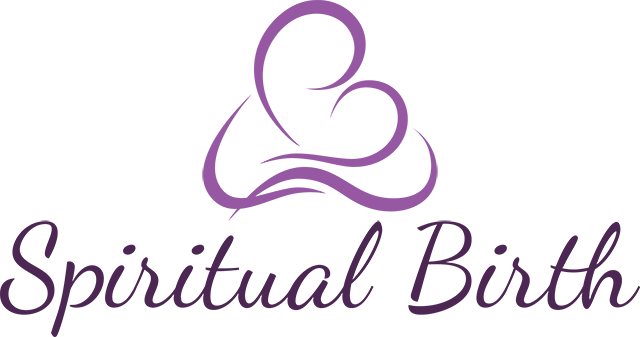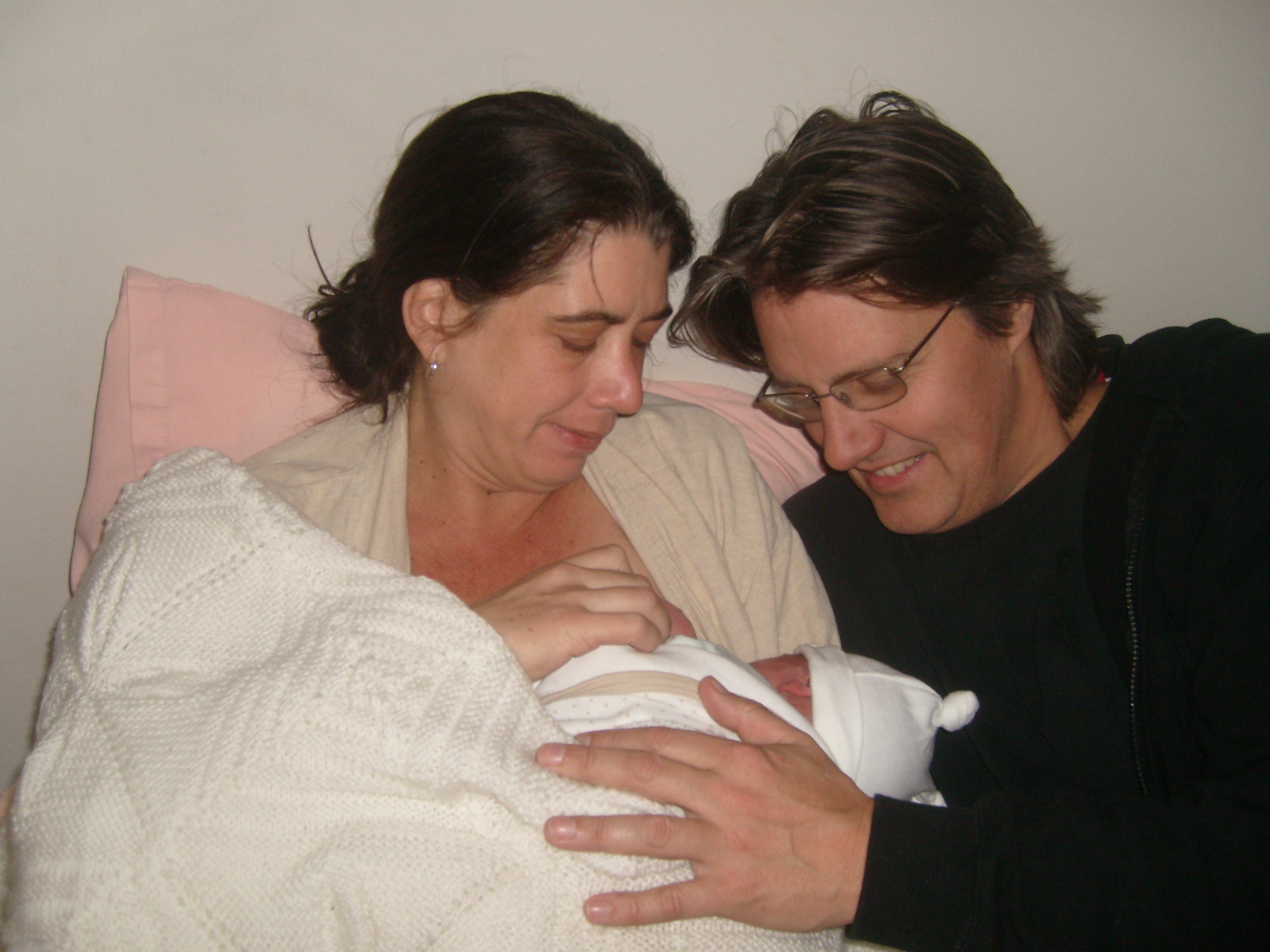
Is breastfeeding as natural as we take it to be? In her book,The Natural Baby, Janet Balaskas states that ‘Breastfeeding is the natural way to feed your baby’. The female anatomy, exquisitely curved and infinitely attractive to the human eye, is biologically built for reproduction. Breasts, so beguilingly positioned next to the heart, below and close to the face, are primarily mammary glands, designed to nourish our offspring. While breastfeeding has ensured human survival through the centuries, on closer inspection it is seen to be interwoven with cultural beliefs and practices and may not be as natural as we are led to believe.
History
In the West the biological function of the breast seems to have become confused with sexual function and according to the history books breastfeeding has not been favourably regarded. It is exceedingly difficult to obtain information on the practice of breastfeeding in antiquity, as it was rarely described. However, some ancient Greek and Roman writings have been preserved through the middle ages, and Renaissance medical writings found their way into books after the advent of printing in the 15th and 16th centuries. Mercurialis2 wrote in 1583 that women gave ‘pap’ by the 3rd month and stopped breastfeeding by the 13th month. Feeding vessels for infants have been found in Egypt dating from about 2000 BC and clay feeding vessels were found in the graves of infants from the 1st to the 5th centuries AD in Rome.3
Since early civilization, those of high standing or wealth in the community used wet nurses, that is, babies were given to a substitute lactating woman to breastfeed. Objections to breastfeeding one’s own infants such as that ‘it spoilt the figure’, was ‘noisome to one’s clothes’ and ‘interfered with gadding about’ were common complaints, and sound similar to those of the 20th century!4 These accounts suggest that breastfeeding may not be such a ‘natural’ activity after all, and that interfering with what is thought to be a natural function was as commonplace throughout history as it may be today. The significance of breastfeeding reaches far beyond its biological function; in fact there is nothing ‘natural’ about breastfeeding itself. On the contrary, attitudes and practices appear to be socially determined, and breastfeeding has to be seen as an essential element in the cultural construction of sexually defined gender roles.
Anthropology
Anthropological literature observes that certain ‘primitive’ or ‘indigenous’ people breastfed their infants for many years, and that this practice continues in certain cultures. In these cultures there was and is an economic value attached to the mother’s role as the primary source of care and nutrition for her children. Men worked or hunted to provide the food and shelter needed by his woman and her progeny. The introduction of settled agriculture meant that women needed to tend the farm animals and were less available to breastfeed their infants. The quality of social life in hunter gatherer societies was enhanced by the gathering of extremely nourishing wild plants and grains and women were able in this milieu to carry their infants with them, breastfeeding for sometimes many years. This means natural child spacing and lower birth rates.
Modern Feeding
We should not assume that modern farming methods improve the quality of life, despite the fact that a more secure food supply ensures greater survival. Higher population density increases the demands on resources and modern agriculture is not energy efficient, yet we continue to promote bottle feeding as a desirable alternative to breastfeeding! Powdered milk is produced by intensive dairy farming methods totally out of sync with sustainability goals and is extremely cruel to the cows involved in production. Most dairy farmers, separate calves at birth from their mothers and they are bucket fed in pens until fat enough to slaughter for veal. (The sound of cows calling and ‘mooing’ for their young after calving is quite distressing to listen to).
Lactation naturally suppresses ovulation and therefore sexual responsiveness decreases while a woman is breastfeeding. While this is good for child spacing, it is not necessarily desirable for the fulfillment of monogamous marital relations so valued in industrial society. On the one hand, women are disempowered by economic dependence in Third-World situations and by the imperative to breastfeed their young. On the other hand, women are disempowered by the gender inequality of work that is less valued, by a dearth of childcare resources, and by lack of practical support for breastfeeding entrenched in industrial societies. Women are expected to work alongside men for less pay, contribute to the family income, as well as relate to their husbands as companions and intellectual equals. Add to this the pressure to breastfeed ‘because it is nutritionally superior for the children’, and women are bowed under the weight of carrying the world like Atlas.
Progress?

While, for many women , the discovery of a sterile, nutritious and hygienic method of milk-substitute feeding symbolised liberation from the dependency that has been culturally fostered by the role of breastfeeding, breastmilk is scientifically proven to be superior to substitutes. It prevents diseases, fosters improved intellectual development and reduces the risk of obesity later in life.6 Nutritional benefits are not the only benefits of breastfeeding. Breastfed infants have higher intelligence than infants who are formula fed. Breastfeeding fosters attachment, warmth and affection between mother and child, and it is well known that these interactions are duplicated when the child relates to others in the same manner. In contrast, a child who has a distant, guarded relationship with his mother will behave in a similar way towards others.7,8
Social Behaviour
While breastfeeding may be an instinctive maternal-infant response, it also appears to be a learnt behaviour within a culturally constructed milieu. In postmodern society, young girls may find it increasingly difficult to learn breastfeeding behaviour as their opportunities to observe their mothers in the act of breastfeeding diminish with the shrinking birth rate. The nuclear family, and long hours spent away from infants when mothers are at work, exacerbate this situation. If breastfeeding has proven benefits for babies and maternal-infant interactions, how can breastfeeding be supported in a way that empowers women and children, and enables men to increase their participatory role as fathers and husbands?
Communities and families are often misinformed about the benefits and physiology of breastfeeding. Girls are conditioned to be wary of their bodies and women feel alienated and mistrustful of their bodily processes. Women often feel overwhelmed by the demands a small baby makes on their bodies when their breasts are sore, their nipples hurt, or they long for a few extra hours of sleep. They fear it will never end. Negative comments are often made by well-meaning relatives and friends and will undermine the mother’s sense of competence and contribute to her feelings of failure.
Basic Needs of Babies
A breastfeeding newborn encircled by his parent’s arms and love is a just reward for the transformation from womb to world. When mothers are able to give birth naturally without drugs and interventions, newborn babies are wired to be extremely alert and responsive. If they are left skin to skin on the mother’s chest in the first hour after birth and not disturbed in any way by medical professionals, they will display seeking and rooting behaviour and may even crawl and latch onto the breast spontaneously. Sosa, Klaus and Kennel report on a study that showed that mother’s who had received emotional support during labour were more affectionate with their babies than mothers who did not have emotional support. 10 They smiled more, talked to and stroked their babies more than the control group of mothers. These studies suggest that love is passed on from one person to another and from generation to generation.
For newborn babies and mothers, touching and eye contact and breastfeeding in the first hour after birth seem to give the mother-infant relationship a jumpstart that enhances social bonding. This social breastfeeding relationship between mother and baby teaches baby first lessons about loving social interaction and co-operation.11 These are vital lessons to learn for the future of the individual as well as society at large. While breastfeeding may not be a natural effortless process, the implications of not breastfeeding are profound. However, the intitiation of breastfeeding appears to be an innate instinctual response when birth is undisturbed and mothers are well prepared. Most mothers produce colostrum and will lactate within three days after birth after giving birth, and all babies seek to suckle at the breast when left undisturbed with the mother after birth.
An environment of mother support needs to be fostered, and could include the following:
- Keeping mothers and babies together after birth
- Extensive Doula support during pregnancy and labour
- Postnatal care and home visits
- Food programmes for poverty stricken mothers
- Support for the development and maintenance of mother-to-mother support groups in local communities
- Improved maternity benefits of at least 6 months to one year of fully paid maternity leave
- Improved crèche facilities at workplaces so that women who breastfeed are not discriminated against
Too often a mother’s needs and desires go unrecognised or unsupported. Her physical and emotional health, her level of education, the help she receives from others and her household economics influence her breastfeeding practices and other aspects of caring for her children. In addition, a stressful pregnancy and a traumatic childbirth experience can have a negative impact on the way breastfeeding commences and continues.9
Breastfeeding is part of a woman’s sexual and reproductive life cycle and as such forms an integral aspect of women’s struggle for personal and individual empowerment in society. The success a woman experiences when breastfeeding cannot be separated from care and support given during pregnancy, neither from the treatment she is given during the birth process and postpartum period by medical attendants. Breastfeeding is crucial to infant health and wellbeing and thus the health and wellbeing of the next generation.
How we achieve the changes necessary to increase the incidence of breastfeeding mothers will require socio-political action that educates, supports and empowers women both to honour their innate instinctive responses and to learn the skills needed to breastfeed their young.
References
1. Balaskas J. The Natural Baby. London: Gaia Books Limited, 2001.
2. Mercurialis H. De Morbis Puerorum. Venice: 1583.in Christmas Newsletter: Nursing Mother’s Association of Australia 1998, Vol 34, no. 6:4-5
3. Brenneman J. Artificial feeding of infants. In: Abt IA, ed. Pediatrics. Philadelphia: WB Saunders, 1923: 622.
4. Wickes IG. A history of infant feeding. Part 11. Seventeenth and eighteenth centuries. Arch Dis Child 1953; 28: 232-240.
5. Maher V, ed. The Anthropology of Breast Feeding. Oxford: Berg Publishers Ltd, 1992.
6. L. Li, T.J. Parsons & C. Power, Breastfeeding and obesity in childhood: cross sectional study. British Medical Journal, n.327, 2003, pp.904-05.
7. Katz R. Mother and daughters – The tie that binds: early identification and the psychotherapy of women. In Fenchel GH, ed. The Mother-Daughter Relationship: Echoes Through Time. Northvale, NJ: Jason Aronson, 1998: 248.
8. James W Anderson, Bryan M. Johnstone and Daniel T Kemley. Breastfeeding and cognitive development: a meta-analysis. American Journal of Clinical Nutrition, October 1999., Vol 70, No 4, 525-535.
9. Bailey D. Breastfeeding: Healthy Mothers and Healthy Babies. Pamphlet for World Alliance for Breastfeeding Action. World Breastfeeding Week, WHO:, 2002.
10. Sosa, R., Kennel, J. H., Klaus, M. H., Robertson, S., et al. (1980). The effect of a supportive companion on perinatal problems, length of labour and mother-infant interaction. New England Journal of Medicine, 303, 597-600.
11. Klaus, M.H., Kennel, J.H., Plum, N., & Zuehlke, S. 1970. Human maternal behaviour at first contact with her young. Pediatrics, 46, 187-192.


This was a informative good read by you looking forward to read more very soon.
Greetings, I enjoy your website. This is a great site and I wanted to post a note to let you know, great job!
Thanks,
Meme
Thank You Meme, I hope I continue to provide you with interesting and enlightening info!!
found your site on del.icio.us today and really liked it.. i bookmarked it and will be back to check it out some more later
My cousin recommended this blog and she was totally right keep up the fantastic work!
Keep up the good work, I like your writing.
Thank you Marianne for this great historical and current look at breastfeeding and the many forces that shape our beliefs and values about it. Understanding both the benefits and challenges allows women to prepare to have the support needed to offer their babies their best. While my children are all grown, I still smile when I remember the great feeling of prolactin, the mothering hormone that is released with breastfeeding. Prolactin helps you to slow down, relax, and appreciate the peace and connection of this precious time with your baby, gazing into your eyes, playing with your hair and smiling up at you.
Keep posting stuff like this i really like it
Dear Marianne,
Loved it. I am a nutritionist myself and can’t agree more. My primary area of interest are the prevention of NCDs and what else than breastfeeding works more?
Thanks for compiling this up.